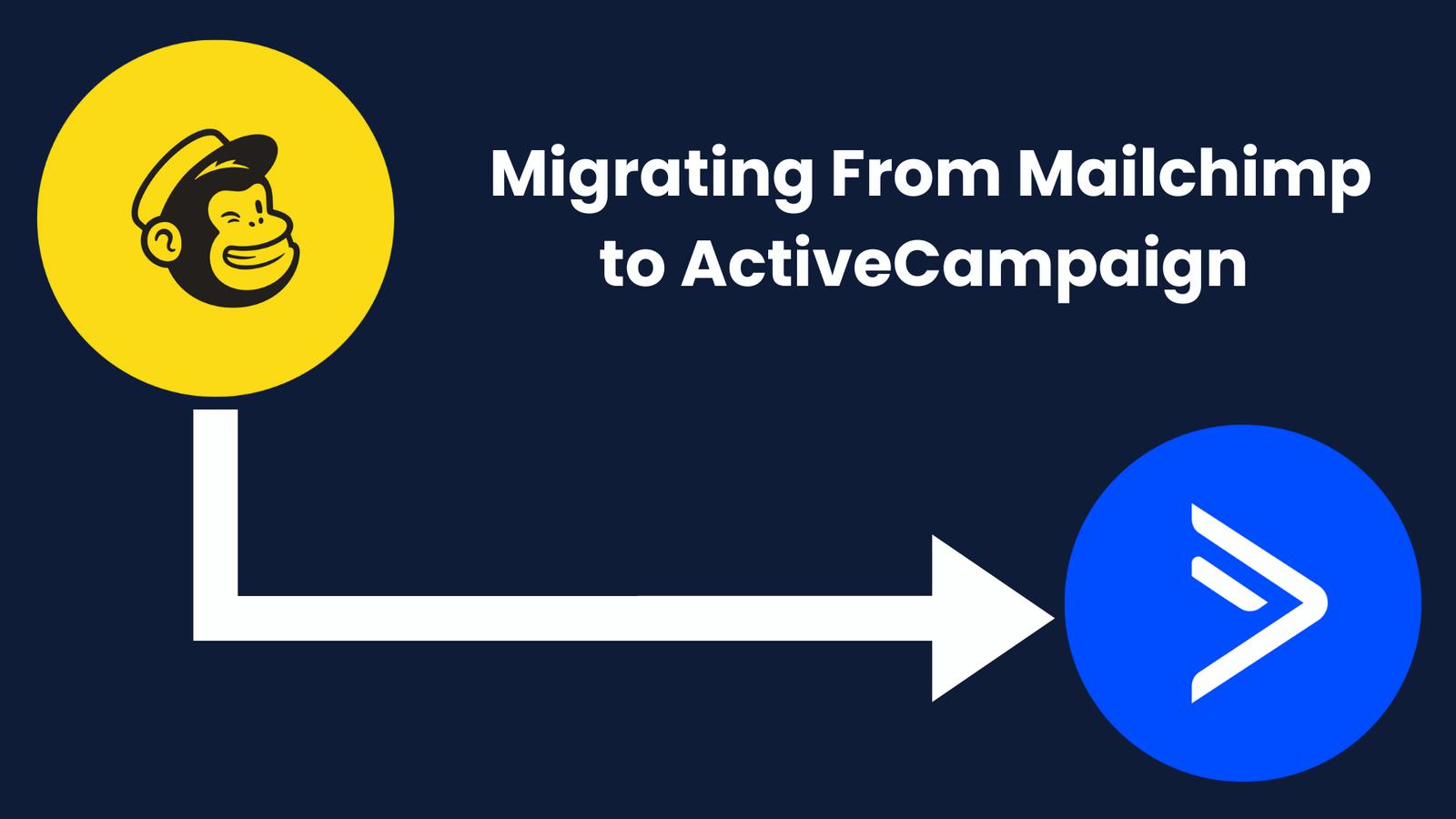This post was contributed by Alexandra Kauffman, an ActiveCampaign Engineer, and the ActiveCampaign Tech & Product Culture Committee.
The Burnout Problem
In early 2020, ActiveCampaign employees, like so many companies around the world, had no choice but to pivot to a fully remote business model to adapt to the challenges of Covid-19. We had to adjust at a rapid rate as we didn’t want our technology and our customer support to waver during this unprecedented time. It became more important than ever for ActiveCampaign to provide reliable solutions and services for our customers, so their businesses could thrive in a time when everything else in the world was so uncertain.With this shift from working in an office to working from the couch, work life balance for many plummeted. In an office environment, you’re able to shut down your computer, pack up, and go home—which creates a sense of finality to the work day. You’re able to clear your head before another day of the usual grind. Working from home, however, broke down the invisible barriers between work and home life. Now, work is always around you, which puts pressure on many to keep their computers on, answer emails and Slack messages after business hours, and remain available for anything and everything. Without this separation and with the added pressure of constant connection, burnout has increased tremendously.
How Did We Get Focus Fridays Off the Ground?
First, we had to fully investigate the impacts of burnout on our employees. We surveyed our Tech & Product organization to gauge interest and receive candid feedback about work/life balance and feelings of burnout. Here’s what we found:
- Employees had some difficulty adjusting to a new culture of working fully remote and navigating how to keep up productivity
- Employees were experiencing Zoom fatigue and constant context switching
- Employees found themselves needing to balance extra meetings (for many, 21+ hours of meetings a week!) and having to work late into the evening and on weekends to catch up
- On top of the additional work-related stress, employees had to navigate the pandemic in their personal lives as well
- Companies like Atlassian and Asana have had success in implementing a no meeting day every week
- It takes an average of 23 minutes and 15 seconds to regain focus on a task after an interruption according to this study.
- Indeed conducted a survey that found: “Employee burnout has only gotten worse over the last year: more than half (52%) of respondents are feeling burned out, and more than two-thirds (67%) believe the feeling has worsened over the course of the pandemic.”
- Provide a day free of context switching and obligations
- Provide dedicated time for learning and development
- Encourage fewer, yet more productive meetings throughout the work week
- Encourage asynchronous communication
- Emphasize asynchronous culture and communicating with teammates without a constant sense of urgency
- Share leadership support so people feel comfortable declining meetings and reorganizing their calendars
- Employees were generally very excited about this idea
- “Focus Fridays are awesome and my direct reports unanimously love them. Friday is now the day where I actually get things done. And getting things done helps me feel like I am good at my job, which makes my overall job satisfaction rise significantly...” - ACer
- “I’m just impressed that it worked! It’s been something to look forward to for sure. I always know I have a day where no one is meeting and I can just get stuff done, especially on that last day where it’s great to tie things up before the weekend.” - ACer
What’s Next?
It’s been 8 weeks since Focus Fridays have been established as a new norm for us. We recently sent a follow up survey to gauge this initiative's success and see how we could iterate on it.76% of respondents said this shift in culture made their work/life balance better, and 85% said they’d like this initiative to continue on. Some shared that they didn't notice a change because they couldn’t avoid meetings on Fridays, while others felt it made a tremendous difference for them. Over time, we will continue to send out surveys to Tech & Product and analyze their responses so we’re keeping a pulse on this initiative.With the feedback we’ve received, we’ll continue to drive this initiative forward and provide educational materials, discussions, and lectures to make sure each member of Tech & Product is set up for success. Focus Fridays provides yet another way to strengthen our company culture, but more importantly, supports our employees and prioritizes their well-being and mental health.Overall, this change didn’t just affect our Fridays. We were suddenly exercising skills that aren’t normally emphasized in Tech groups. We began to see our coworkers being mindful about how they use their time and their coworkers’ time, while working on leveling up their communication skills. We collectively realized that we had room to grow and that these ‘softer’ skills matter just as much as being able to write great code.







